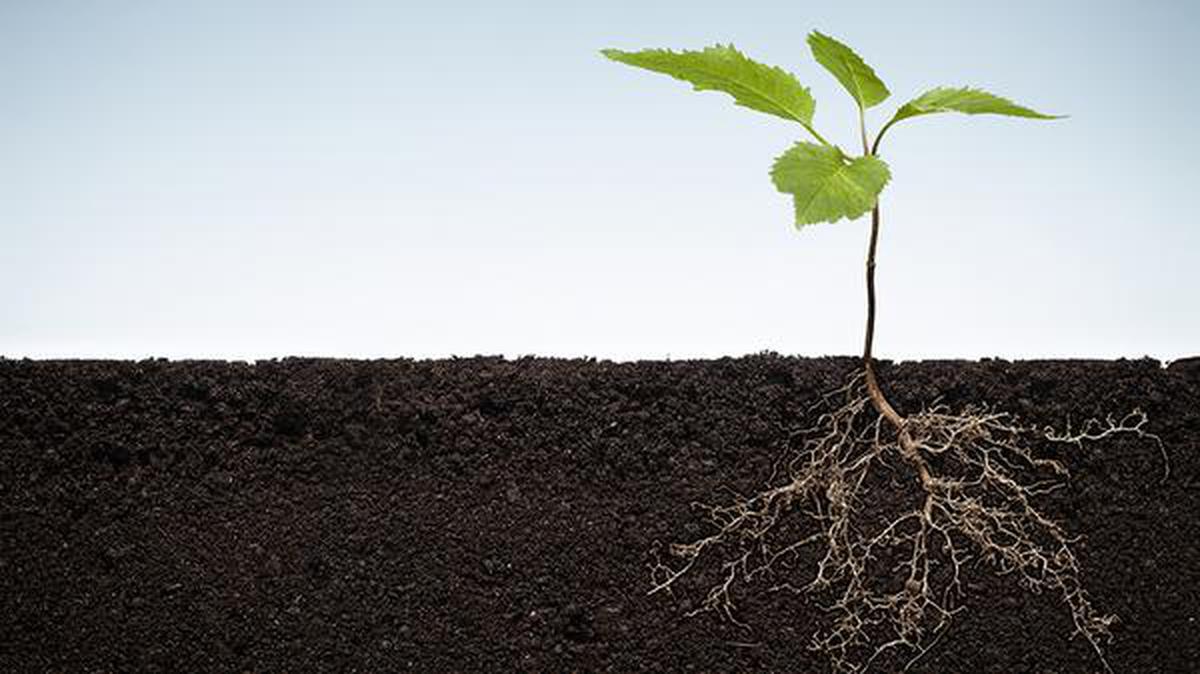
What is artificial photosynthesis? Premium
The Hindu
We all know what photosynthesis is – the process where plants take water from soil and carbon dioxid
We all know what photosynthesis is – the process where plants take water from soil and carbon dioxide from air and convert it into glucose and oxygen in the presence of sunlight. But, do you know what artificial photosynthesis is?
Artificial photosynthesis aims to mimic the natural process that occurs in plants and utilise the untapped, unlimited energy of the sun, but with far more efficient and practical end products.
Artificial photosynthesis is still a work in progress. Its most important application so far is energy production. One of the ways to achieve this is the conversion of carbon dioxide into carbon monoxide for use as fuel in internal combustion engines.
A team of scientists from Jawaharlal Nehru Centre for Advanced Scientific Research (JNCASR), an autonomous institute of the Department of Science & Technology (DST), Government of India, have made significant advances in the field. One of the major struggles of achieving artificial photosynthesis is the selection of a successful catalyst. The JNCASR scientists have designed and fabricated an integrated system that includes a photosensitiser – molecules that absorb light and transfer an electron from the light that falls on it to another nearby molecule. This can be a way of harnessing solar power, and the catalytic centre can eventually reduce carbon dioxide to carbon monoxide. The photosensitiser here is a chemical called ruthenium bipyridyl complex, while the catalytic part is rhenium carbonyl complex. Both these molecules stay in close proximity in a confined space resulting in excellent carbon dioxide uptake capability at room temperature. Notably, the catalyst also oxidises water to produce oxygen.
According to Purdue University biophysicist Yulia Pushkar, artificial photosynthesis will be able to make up for the shortcomings displayed in the use of photovoltaic cells (that convert solar energy into electricity). For her version of artificial photosynthesis, she built an artificial leaf analog that collects light and splits water molecules to generate hydrogen that can be used as a fuel.
Progress in the field is complicated since photosynthesis is a complex process, and a lot remains to be done, but scientists are hopeful of making progress.
How do female false widow spiders attract mates? Read the answer here





















 Run 3 Space | Play Space Running Game
Run 3 Space | Play Space Running Game Traffic Jam 3D | Online Racing Game
Traffic Jam 3D | Online Racing Game Duck Hunt | Play Old Classic Game
Duck Hunt | Play Old Classic Game











